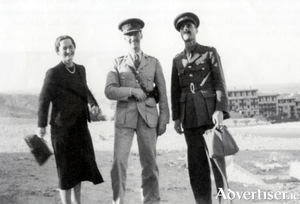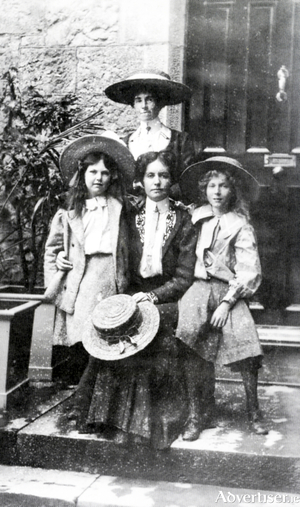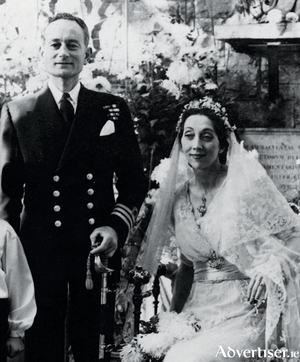Search Results for 'Hitler'
26 results found.
Through the glass darkly
“Cultural Marxism”, better called neo-Marxism, refers to a left wing reinterpretation of Marxism (especially the Frankfurt School) as being responsible for modern progressive movements, identity politics, and political correctness. The theory involves an ongoing and intentional academic and intellectual effort to subvert Western society via an assault on western culture that aims at undermining the Christian values of traditionalist conservatism and seeks to replace them with culturally liberal values.
‘You wouldn’t happen to be William Joyce, would you?’
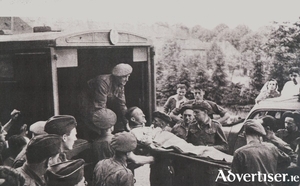
William Joyce was born in Herkimer Street, Brooklyn, New York in 1906 to Gertrude (who was originally from Lancashire) and Michael Joyce, a native of Killour, Co Mayo. Michael had taken American citizenship, which automatically made his family citizens. In 1909, the family returned to Ireland, initially to Mayo, then to Galway.
Funny if it’s true?
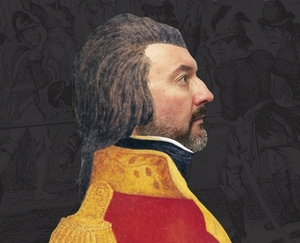
“We were led to believe that from St Patrick to the Book of Kells was this highpoint of Irish history; that after the Vikings and Normans invaded it was all shite and misery until Packie Bonner saved that goal at Italia ‘90. But there were a few good bits in-between, and even though our good bits were epic failures, comedy can be a great pathway to tackle these deadly serious topics.”
London launch tonight for book on Galway’s best kept secret

One of Galway’s best kept secrets was the extraordinary double life led by a quiet, well brought up girl, who became the first and youngest professor of German at Galway University, only to abruptly resign her post to accept a challenge from the British Secret Service to enter the strange world of silently listening to the enemy’s conversations.
Arctic naval convoys during World War II and a Kinvara connection
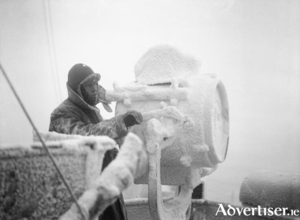
During World War 2, after Hitler had overrun the continent and invaded the Soviet Union, the allies had made a treaty with the Soviet Union to supply them with war supplies. Cargo included tanks, fighter planes, fuel, ammunition, raw materials, and food. The early convoys in particular delivered armoured vehicles and Hawker Hurricanes to make up for shortages in the Soviet Union. The Arctic convoys caused major changes to naval dispositions on both sides, which arguably had a major impact on the course of events in other theatres of war. As a result of early raids by destroyers on German coastal shipping and a Commando raid on the Norway coast, Hitler was led to believe that the British intended to invade Norway again. This, together with the obvious need to stop convoy supplies reaching the Soviet Union, caused him to direct that heavier ships, especially the battleship Tirpitz, be sent to Norway, along with submarines.
Annual Christmas Miscellany 2022
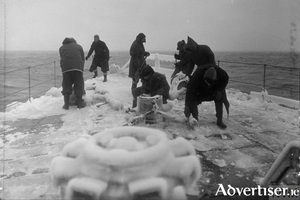
During World War 2, after Hitler had overrun the continent and invaded the Soviet Union, the allies had made a treaty with the Soviet Union to supply them with war supplies. Cargo included tanks, fighter planes, fuel, ammunition, raw materials, and food. The early convoys in particular delivered armoured vehicles and Hawker Hurricanes to make up for shortages in the Soviet Union. The Arctic convoys caused major changes to naval dispositions on both sides, which arguably had a major impact on the course of events in other theatres of war. As a result of early raids by destroyers on German coastal shipping and a Commando raid on the Norway coast, Hitler was led to believe that the British intended to invade Norway again. This, together with the obvious need to stop convoy supplies reaching the Soviet Union, caused him to direct that heavier ships, especially the battleship Tirpitz, be sent to Norway, along with submarines.
‘Irish dockworkers fought elbow to elbow with old Jewish men in Hasidic hats...’
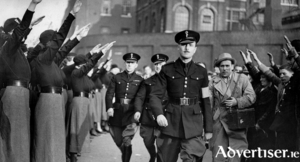
William Joyce’s notorious broadcasts to Britain, which continued throughout the six years of World War II, initially came from the studios in Berlin, later transferred to Luxembourg city, due to heavy Allied bombing, and finally from Apen, near Hamburg. The broadcasts were relayed over a wide network of German controlled radio stations in Zeesen, Hamburg, Bremen, Luxembourg, Hilversum, Calais, and Oslo. It had a huge potential audience, and was seen as a vital propaganda tool for Nazi Germany.
